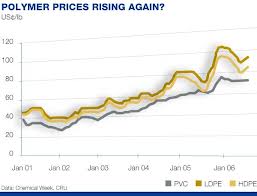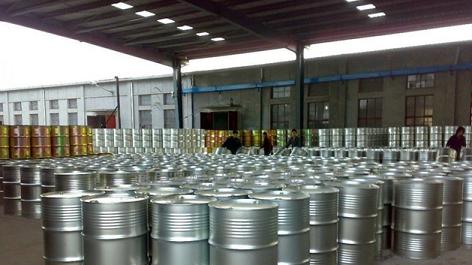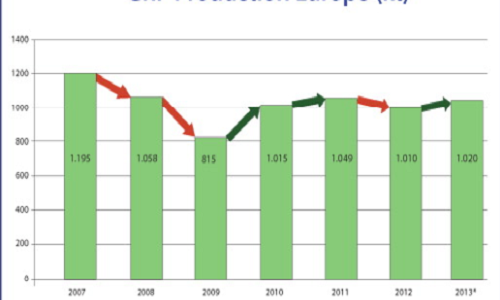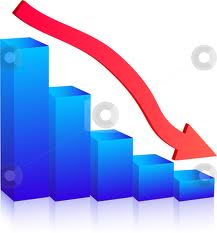Screw Wear
The performance of a given plasticating unit is defined by the feed screw’s ability to melt and convey the desired rate and quality of polymer to the die or mold. As the screw flights, channel geometry, and surface treatment wear, performance and quality degrades while energy consumption soars. The overall screw design and material(s) processed has a major impact on the wear-life of the plasticating unit, so it is vital to monitor screw wear and performance, regardless of application. Minor wear will have little effect on the overall performance – as machine parameters can be adjusted to maintain productivity. As the radial clearance gap between the screw and barrel increases, energy costs and cycle times rise while rate and quality plummet. To avoid costly downtime it is important for every company to have a robust maintenance program in place. When screw wear isn’t monitored, the overall wear on the screw can become so severe it is no longer economical to rebuild – leaving you with crippling downtime that can ultimately cost more than the components you attempted to salvage.
Let R. Dray Mfg. work with you and your team to develop a screw rebuilding/replacement program that will increase your productivity and profitability!
Screw Rebuilding / Repair Experts
When we receive your screw for potential rebuilding, our team performs a thorough inspection of the overall condition of your screw as well as the current design. When it is cost effective we can refurbish your screw to like new condition, re-chrome, nitride, hardface, and even re-cut the existing design to improve performance and wear-life. When a feed screw is rebuilt properly, without narrowing of flight widths, the screw can be rebuilt time and time again – pushing massive savings to your company. With almost 50 years of screw design, manufacturing, and rebuilding experience, we have developed many of the standard feed screw building and rebuilding processes used in the industry today. Trust the experts in screw design, manufacturing, and rebuilding with your production.

Things to consider:
- How worn are the screw flights and root
- What are the wear characteristics
- Can the current screw design be greatly improved
- Can the surface treatment be improved
- Cost of Repair vs. Replace







